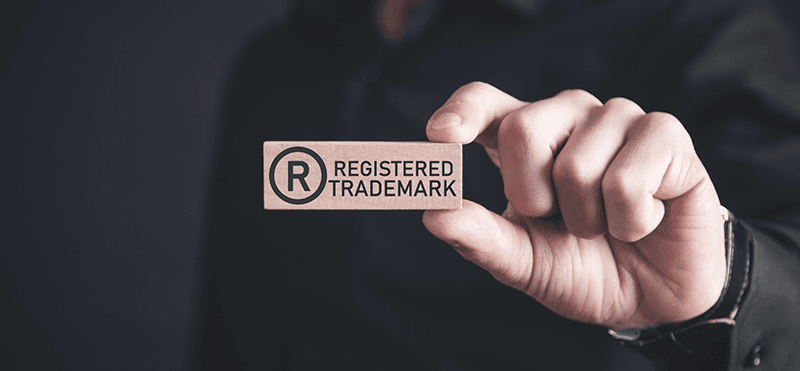Trademark Elite and similar websites show the information from the official trademark registers, which are publically available. Your options to hide your address might be limited as, in many cases, personal details such as the applicant's name and address are considered public information.
However, depending on the country and specific IP office's practices, you may consider the following:
- First, look into the domicile and mailing address you entered in the application and whether they are the same. Sometimes, changing the mailing address might be sufficient to hide your personal address.
- You can transfer the ownership of your trademark to your company and then use its address instead of yours. However, bear in mind this is subject to a fee and changes the nature of the trademark ownership.
- Some jurisdictions offer options for private or proxy registration, which allow you to provide alternative contact details that are not publicly visible. This can be done through the use of a third-party service or through specific privacy programs provided by the trademark office.
- Some trademark offices allow the non-disclosure of certain personal information, such as the residential address, in certain circumstances. However, this typically requires demonstrating a legitimate need for privacy.
It's advisable to consult an attorney experienced in trademark law in your jurisdiction. However, remember that while you can take steps to protect your personal information, complete anonymity may not always be possible.






